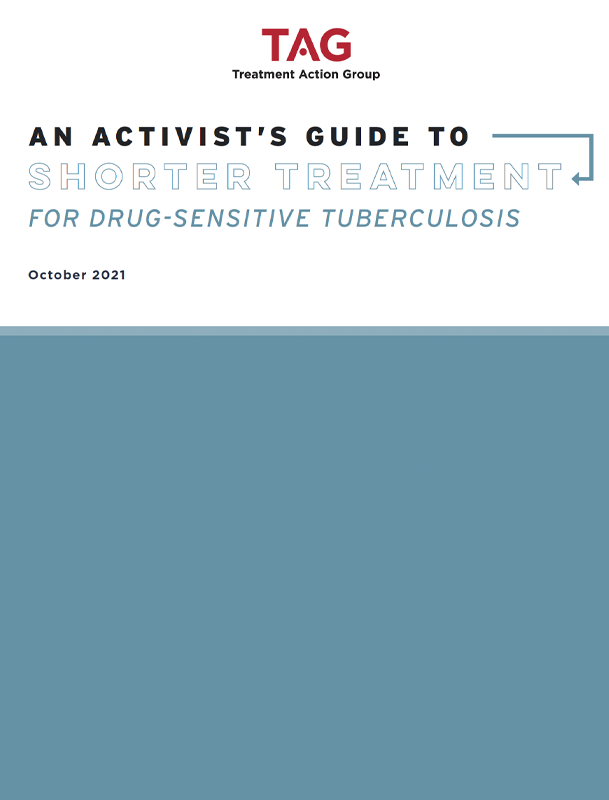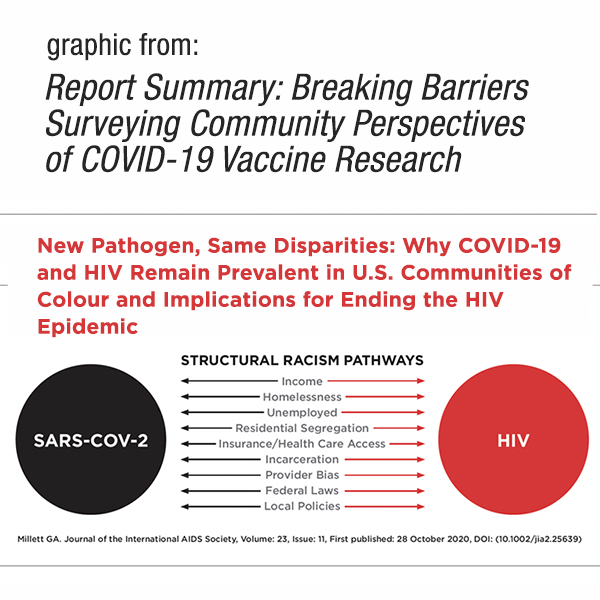HIV Updates From CROI: The Good, the Bad, and the Long-Acting
On April 15 TAG presented, "HIV Updates From CROI: The Good, the Bad, and the Long-Acting." This free webinar unpacked the most significant developments in HIV research presented at the Conference on Retroviruses and Opportunistic Infection (CROI), and what they mean for communities affected by HIV.


